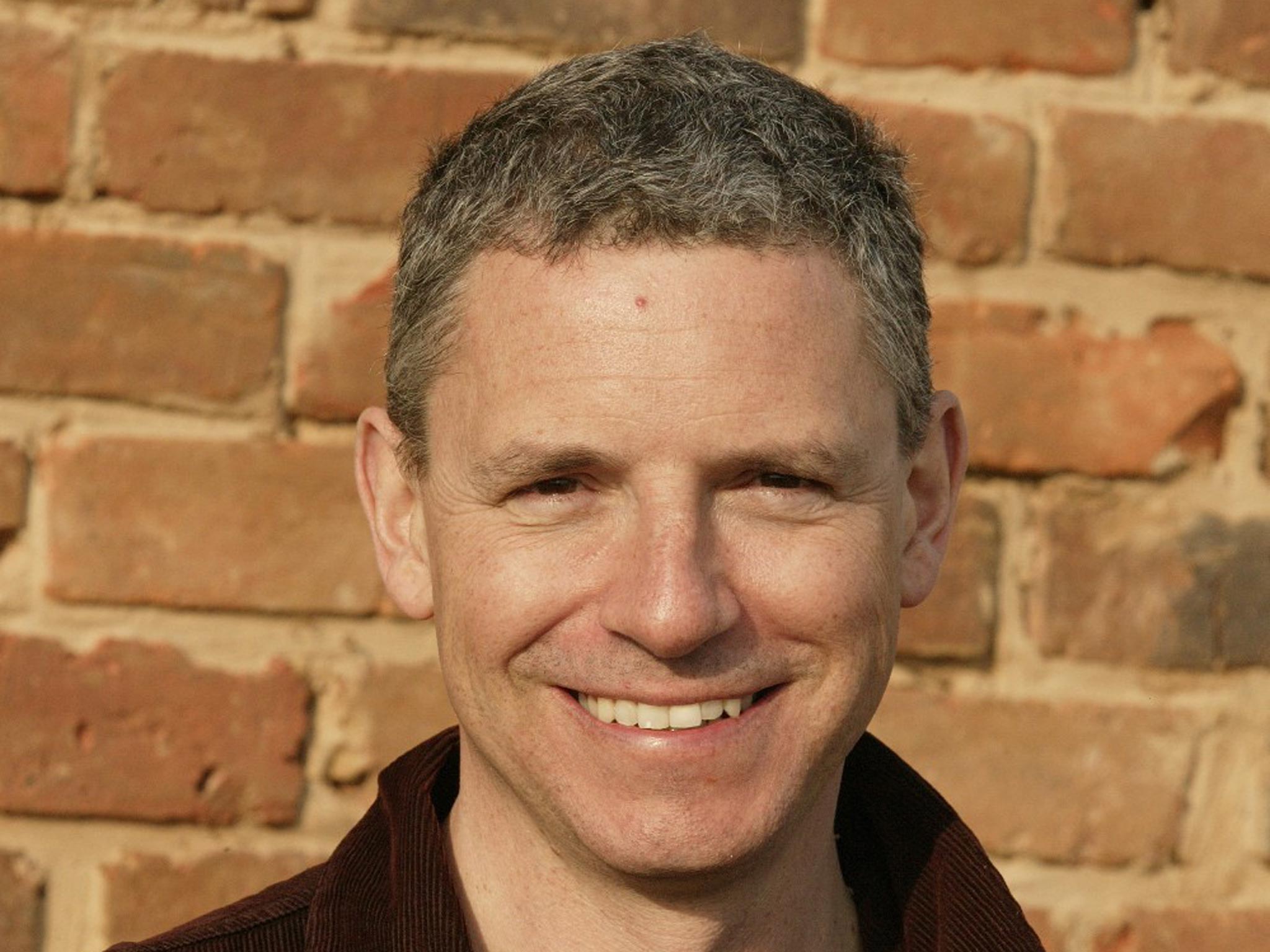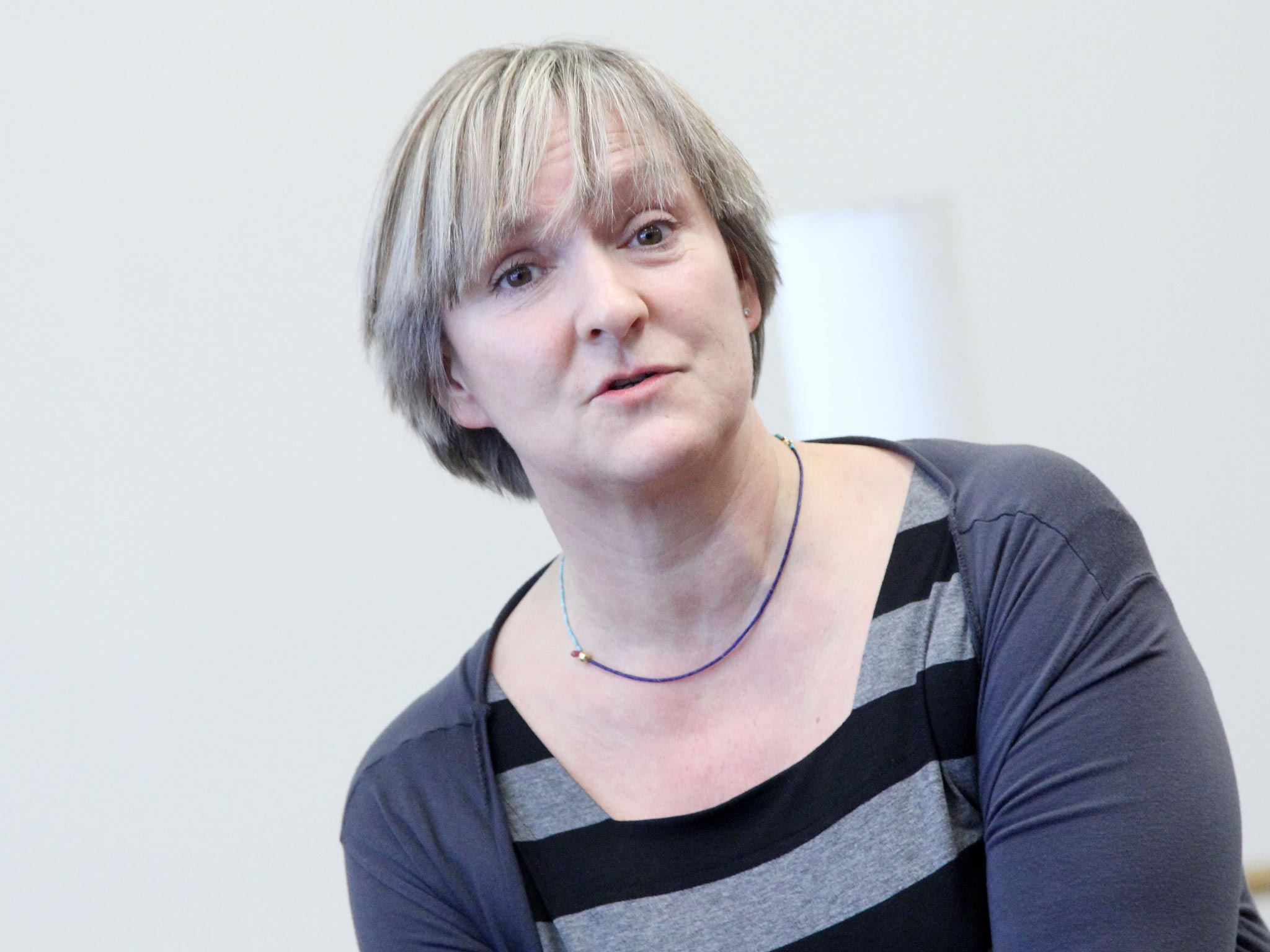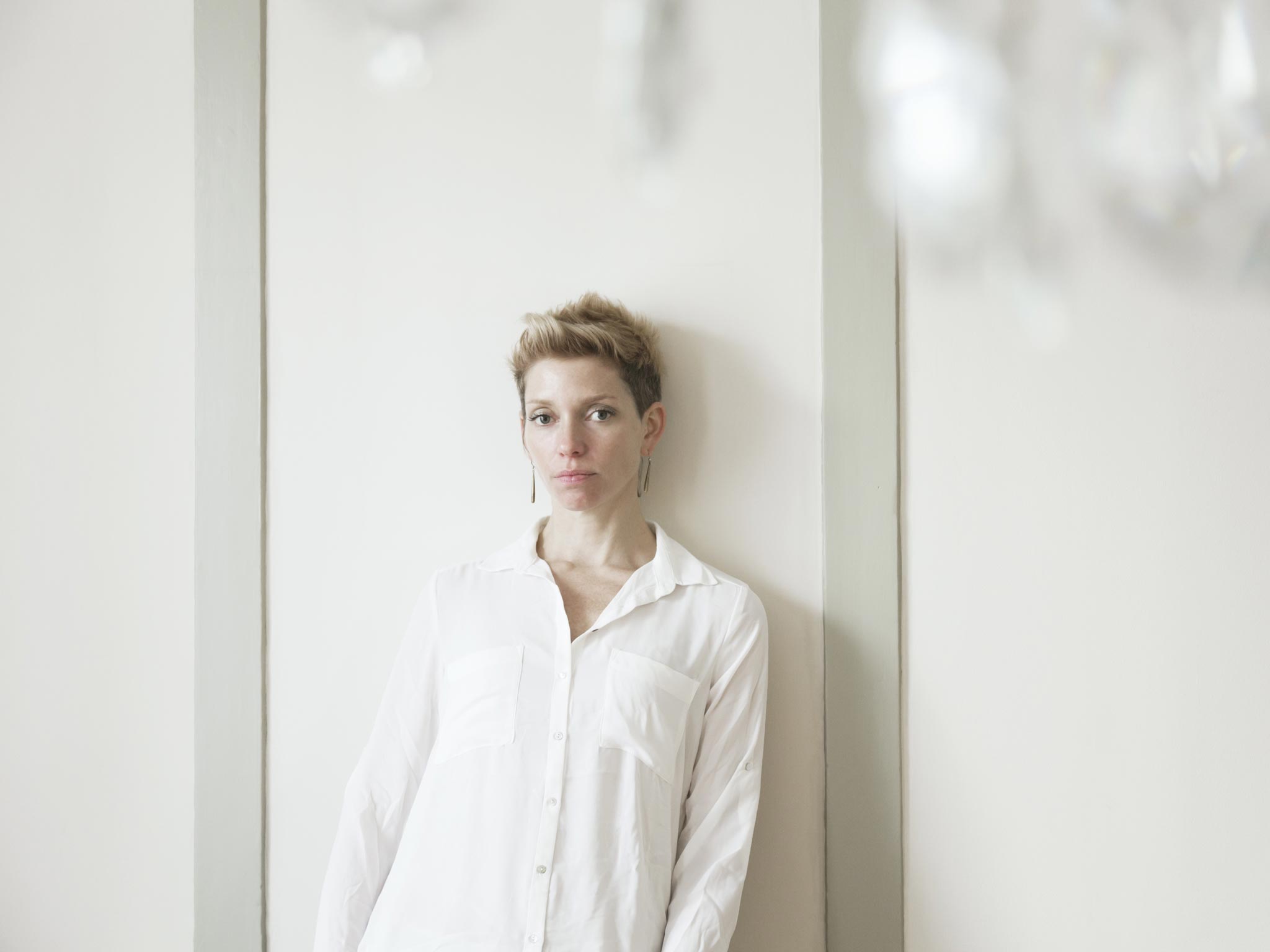9/11 opera Between Worlds envisages what happened inside the towers
Opera has always dealt with vast human experiences

Your support helps us to tell the story
From reproductive rights to climate change to Big Tech, The Independent is on the ground when the story is developing. Whether it's investigating the financials of Elon Musk's pro-Trump PAC or producing our latest documentary, 'The A Word', which shines a light on the American women fighting for reproductive rights, we know how important it is to parse out the facts from the messaging.
At such a critical moment in US history, we need reporters on the ground. Your donation allows us to keep sending journalists to speak to both sides of the story.
The Independent is trusted by Americans across the entire political spectrum. And unlike many other quality news outlets, we choose not to lock Americans out of our reporting and analysis with paywalls. We believe quality journalism should be available to everyone, paid for by those who can afford it.
Your support makes all the difference.We all remember where we were on 9/11.
The planes that flew into the twin towers of the World Trade Center blew a hole in the heart of the world. That day it seemed as if optimism, decency, empathy, love, were confronted and defeated by violence, atrocity, agony and death.
Now, nearly 14 years later, new towers are rising by the site of the tragedy. But how has art processed the event? There have been novels, plays, countless documentaries, feature films, poems and even a strip cartoon returning to that day.
A brief first wave of cinematic responses has included Paul Greengrass’s 2006 fiction United 93, while documentary has flourished more readily, the testimony of those who were there proving overwhelmingly potent.

From Don DeLillo’s Falling Man to Jonathan Safran Foer’s Incredibly Loud and Extremely Close, literature has mostly concerned itself with aftermaths and echoes, using the day itself as a catalyst. As far as I know, only Frederic Beigbeder’s 2004 novel Windows on the World has imagined what happened inside the towers.
Now a new opera, Between Worlds, will also envisage that terrible situation: written by composer Tansy Davies and myself, and directed by Deborah Warner, it opens at the Barbican Theatre next month.
When the three of us first talked about making an opera together, we had in mind Philippe Petit’s audacious high-wire walk between the twin towers, back in 1974. But as we discussed that story from the beginning of the towers’ existence, we found we couldn’t not think about their ending. Might the story of that day be honoured in an opera?
Opera has always dealt with vast human experiences. Putting the transforming power of music at the heart of the drama, we thought, might allow us to weigh the tragedy of what happened on 9/11, and yet discover some kind of light in that darkness. Music even seems to have played a role in helping some people on that day. A security guard sang hymns to those descending the stairs, to give them courage. Some relatives, lost for words as they spoke to loved ones on the phone, sang together.

We wanted to make a requiem for those who died. But how? To start with, Tansy and I talked for a long time about how we could make the words, the drama and the music as one, so that the work might be greater than the sum of its parts. We found a way to bring together the formal beauty of the requiem mass with the human drama of opera. Above all, the profound need of those inside the towers to make contact with their loved ones moved us to make it the driving emotional imperative of the piece.
The events of 9/11 were as cruelly dramatic, and as focused in time and place, as any classical tragedy;the planes appeared out of a famously beautiful morning; at 8.46am the first airliner hit North Tower, and 102 minutes later both towers had collapsed. The time scheme of the opera, we decided, would be that single day, from before dawn to the end of the day. We wanted to tell the story from many perspectives.
We follow four fictional protagonists, two women, two men – soprano, alto, tenor, bass-baritone – whose days begin in the most ordinary of ways; saying goodbye to a new lover, or an argument between husband and wife. They gather for an early meeting on a high floor in the North Tower.
Also on that floor is The Janitor, one of the many who worked by night in the towers. We knew it was vital to stay with these characters throughout the action, and they are the heart of the opera. We also created a supernatural figure who we call The Shaman (a counter-tenor) whose role is to relay messages between the living, and later, between the living and the dead.

Like a modern-day Greek chorus, meanwhile, witnesses on the street stare up in confusion and horror. We also follow two firemen as they set off up the stairs towards the devastated floors. We wanted to embrace the diversity of those affected, to illuminate their humanity, and to embrace as much of what happened as possible, while also holding the tragedy within the vast embrace of the music.
But as the librettist, how could I find words for something so unbearable, so unspeakable? The first answer came from the recorded material from that day; first-hand accounts, news broadcasts, and above all the communications of those trapped in the towers with the world outside.
These begin with the business of daily normality, then transmute into confusion, terror, and finally the desperate need to communicate last words; the poetry in these farewells was devastating and elemental. We do not use any verbatim messages in the libretto, but the language and intent were ultimately so simple and so profound that they became its inspiring DNA.
Between Worlds is about a contemporary event. But at the same time, it belongs to the timeless and universal story of human sorrow, grief and survival to which art throughout time has addressed itself.
The Latin Requiem Mass is, perhaps, the greatest text of all in this respect, and has inspired countless composers. So the libretto and the score counterpoint Latin and English, the ancient and the modern, and sometimes make them collide.
How do any of us live with inconsolable loss? Everyone has a different journey. Many turn to art to find ways through despair. My mother’s sudden death when I was a teenager precipitated my own writing; words and the page were the only place I could unburden myself. A poem, a piece of music, a tragic drama, can be tools for grieving; they can help us, as nothing else can, first to rage, then to start to put our broken hearts back together, shard by shard.
But of the theatrical forms perhaps only opera can take us collectively to the emotional place where human beings, in extremis, confront life and death; to the place where words cease, and only music can help us forward. Between Worlds is indeed about the tragedy of 9/11, but it also seeks to observe and remember the transcending power of love.
On that day, and through the night, paper from the towers continued to fall across New York like a strange snow; as our chorus pick up these pages, they sing the messages they find in many languages; in the end, the message is only this: “my love, my love, my love ….”
‘Between Worlds’ is at the Barbican 11-25 April. Nick Drake’s poetry collection “The Farewell Glacier” is available now, published by Bloodaxe Books
Join our commenting forum
Join thought-provoking conversations, follow other Independent readers and see their replies
Comments